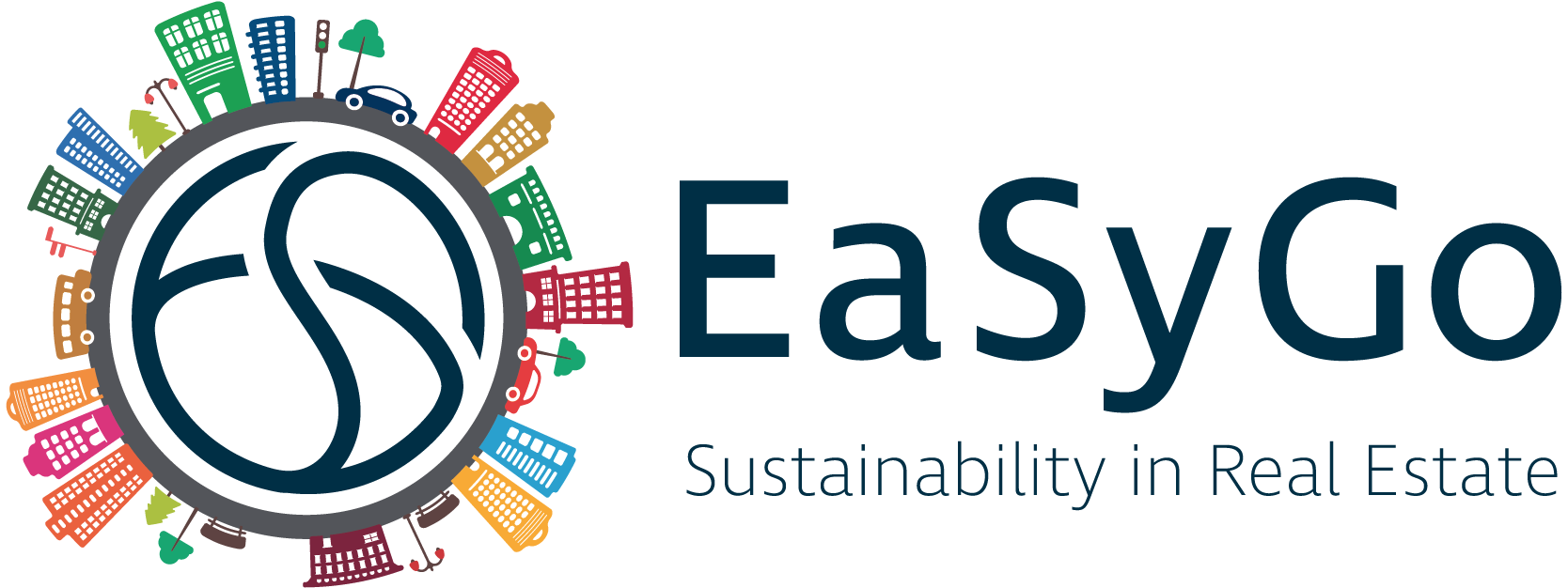Integrate sustainability into investment performance.
Author: Yukihiko Ito, GOYOH K.K.
Introduction | ESG Needs to Be Reframed in Financial Terms
While ESG (Environmental, Social, and Governance) is now a standard concept in real estate and finance, its economic logic often remains vaguely defined. ESG is frequently discussed as a matter of ethics, compliance, or reporting obligations. However, it is time to go further and redefine ESG as an investment structure - a strategic language that guides capital allocation.
In this paper, we propose a new logic: "Environment as Beta, Social as Alpha." Based on GOYOH's implementation of the EaSyGo platform in hundreds of buildings managed by global institutional investors, and with the argument that environmental initiatives function to preserve asset value (beta), while social initiatives create investment outperformance (alpha).
Environment (E) as Beta: The Risk Mitigator
Environmental initiatives such as energy efficiency, carbon reduction, renewable energy adoption, and water optimization act primarily as hedges against external risks - regulatory changes, carbon pricing, physical climate risks, and obsolescence.
In financial terms, these initiatives are beta: they do not create excess return per se, but reduce volatility and preserve asset integrity.
Key outcomes include:
・Compliance with decarbonization regulations and frameworks (e.g., CRREM, TCFD)
・Optimized CAPEX/OPEX for long-term NOI stability
・Avoidance of asset stranding and reputational loss
EaSyGo enables owners and operators to translate these environmental adjustments into asset protection strategies.
Social (S) as Alpha: The Experience Multiplier
In contrast, social dimensions - such as liveability, workability, safety, education, wellness, and community engagement - impact human experience and tenant satisfaction directly. These drive occupancy, leasing efficiency, and rental premiums.
In investment terms, social initiatives are alpha: they create differentiation and generate excess return.
Impacts include:
・Increased tenant retention and satisfaction
・Ability to attract premium tenants aligned with social responsibility
・Enhanced well-being and place identity leading to higher rent levels
・Community engagement as a brand asset for properties
EaSyGo's Value Driver framework quantifies these aspects to align social design with NOI growth and market competitiveness.
To support this investment logic, GOYOH has also initiated an early-stage academic collaboration with the Urban Institute of Kyushu University. The joint research explores theoretical and empirical models that link social design factors with financial performance, aiming to strengthen the foundation of "Social as Alpha" in real estate investment.
The EaSyGo Dual-Track Framework: Protect with E, Enhance with S
EaSyGo identifies the ESG gaps - between building specifications and capital market standards, regulation standards and tenant sustainability targets - then proposes tailored actions.
・E = Beta Track: Energy retrofits, renewable energy sourcing, green CAPEX planning
・S = Alpha Track: Tenant engagement, community programming, wellbeing services
By bridging both tracks, GOYOH helps real estate owners move from ESG compliance to ESG-driven value preservation and creation - the approach turns buildings into experiential infrastructures aligned with future demand.
Financial Implementation: ESG as Cash Flow Driver
EaSyGo has already been leveraged in Japan to structure ESG-linked financial products:
・Japan's first Social Impact-Linked Real Estate Investment/Loan Structure (2025, with MUFG)
・Ongoing development of sustainability-linked property insurance
・Ongoing development of capital leasing models linked to social KPIs
These developments go beyond disclosure - they embed ESG directly into financial performance structures, making "S" a source of premium.
Conclusion | A New Paradigm: ESG as Strategy, Not Cost
When we say "Environment is Beta" and "Social is Alpha," we mean that ESG is not just about compliance or branding. It is a strategic, investable structure.
GOYOH will continue to develop this investment logic through practical implementation (EaSyGo), supported by academic collaboration and financial innovation. ESG is no longer an obligation - it is a catalyst for return.
Sustainability is no longer a cost. It's a strategic capital.


